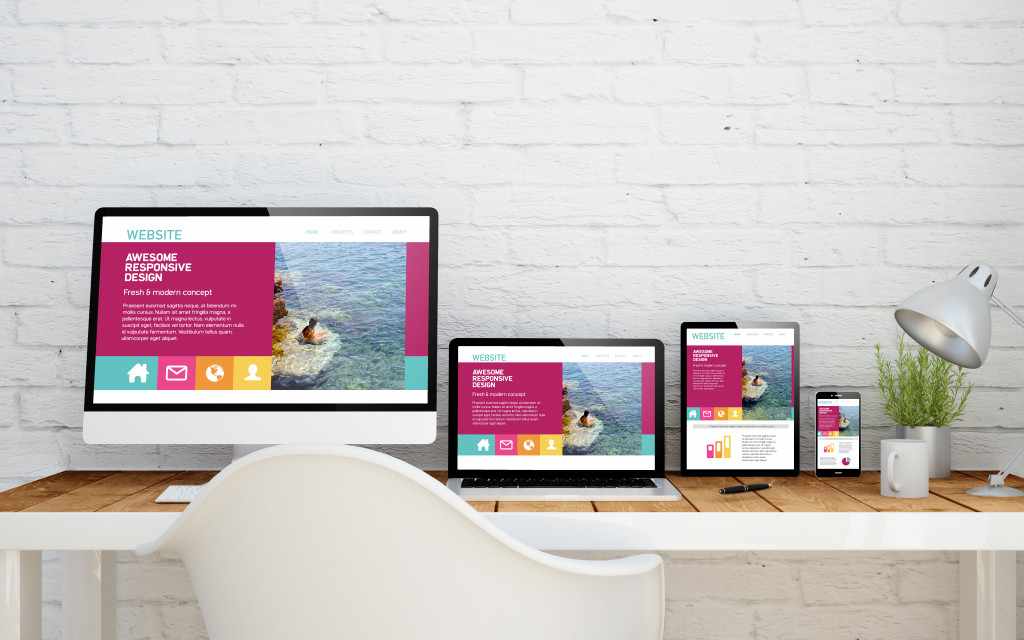
Retail is one of the oldest and most traditional industries in the world. However, in recent years it has been challenged by the rise of eCommerce. Now, new technology is shaking up the retail industry yet again: augmented reality. Augmented reality allows customers to view products in a simulated, virtual environment before they make a purchase. This post will explore how augmented reality retail is changing the retail industry and the pros and cons of this new technology.
What is augmented reality?
Augmented reality is a technology that combines digital content with the real world. But augmented reality has far-reaching potential beyond gaming. AR has the potential to completely transform how we shop. For example, imagine being able to try on clothes without having to undress or even leave your home. Or being able to see what a piece of furniture would look like in your living room before you buy it. Retailers are already starting to adopt augmented reality technology, and we can expect to see more and more of it in the years to come.
What are the benefits of augmented reality in retail?
Augmented reality is the next step in the evolution of retail. It provides an immersive experience that allows shoppers to interact with products in a whole new way. With augmented reality, you can try on clothes, see how furniture looks in your home, and more. The benefits of augmented reality in retail are many. It can help shoppers make better decisions, it increases engagement and loyalty, and it provides a more fun and engaging shopping experience.
How is augmented reality changing retail?
AR has the potential to completely change the retail industry as we know it.For one, it allows customers to try on clothes and accessories virtually before they buy them. This eliminates the need for customers to go into a physical store, try on clothes, and then go home to order them online if they like what they see.

It also allows customers to see how furniture and other home decor would look in their home before they buy it. This could potentially reduce the number of returns that retailers see, as customers will be able to get a better idea of what the product will look like in their space. Lastly, AR can be used to create an immersive shopping experience that goes beyond what traditional retail can offer. This could help draw in new customers and keep existing ones engaged.
How to get started with augmented reality in retail?
So, how do you get started with augmented reality in retail? Here are a few tips:
1. Start by identifying what you want to achieve with your AR campaign. Whether you want to increase brand awareness, drive sales, or simply engage with customers, make sure your goals are clear.
2. Choose the right AR platform. There are a number of different platforms to choose from, so do your research and find the one that best suits your needs.
3. Create a prototype. Once you’ve chosen your platform and set your goals, it’s time to start creating your prototype. This will help you test out your ideas and make sure everything is working properly before launching your campaign.
4. Launch your campaign. Once everything is finalised, it’s time to launch your campaign! Make sure you have a plan for tracking results and optimising as you go.
5. Keep learning and evolving. As augmented reality technology continues to evolve, so should your campaigns. Keep track of new developments and apply them where appropriate to continue achieving success.
Conclusion:
Augmented reality retail is quickly becoming a staple in the retail industry. By allowing shoppers to view digital representations of products in their actual surroundings, retailers are able to create a more immersive shopping experience. This technology has the potential to revolutionise how customers shop, and it’s already beginning to change the way businesses operate.







